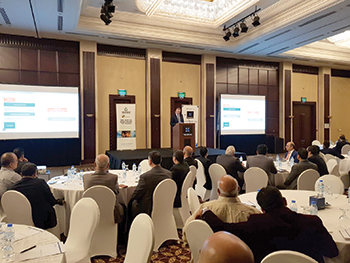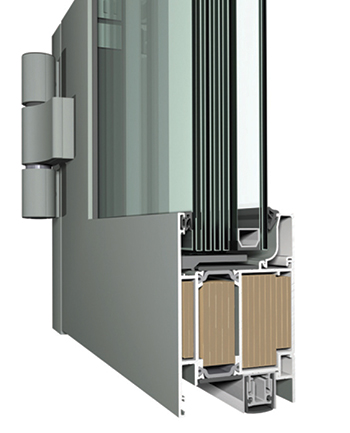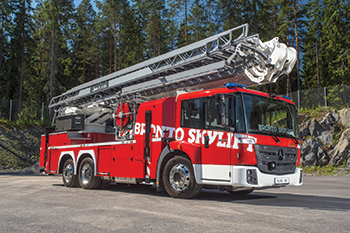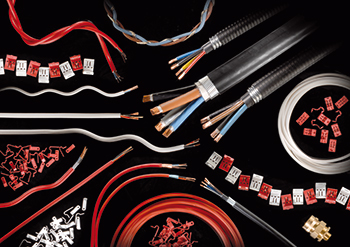
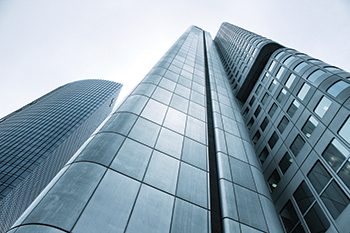 Non-combustible insulation materials can significantly reduce the fire risk.
Non-combustible insulation materials can significantly reduce the fire risk.
Advancements in technology and innovative building materials have opened a new era in building construction where architects are challenged to offer out-of-the-box creative designs and engineers defy gravity by constructing sky-reaching towers.
However, in the event of a fire, these buildings pose a great risk to the occupants and the firemen that are sent out to extinguish the fire and safe lives.
Looking at the investigative reports of recent horrific building fires in London and Dubai, it is clear that the insulation and the type of facade used in the building construction can dictate life or death during a building fire.
According to experts, a common reason for the rapid fire spread in these recent incidents was the presence of combustible insulation in the facade and cladding material.
Now this poses a dilemma. On one hand, there is an urgent need to use insulation to reduce power consumption and thus reduce greenhouse gases and global warming to protect our future generation. And on the other hand, there is conclusive evidence that building insulation is one of the main reasons for the rapid fire spread resulting in the loss of life and property. This begs answers to some questions: Does the insulation compromise the fire safety of the building? Should insulation be used at all?
It is undoubtedly our responsibility to protect and preserve the environment, and insulation is one of the best solutions. Therefore, by closely looking at the type of insulation material used, the risk of fire can be reduced significantly.
In the aftermath of the fire at the Address Downtown hotel and residential building, opposite the Burj Khalifa, the Dubai Civil Defence re-evaluated the fire safety code for buildings and recommended the use of non-combustible insulation material especially in the facades.
Experts recommend that active fire protection be accompanied by a passive fire protection system. This includes the use of non-combustible insulation materials like glass wool and stone wool in all building types. Stone wool in particular should be installed in critical areas because it has better fire properties than glass wool.
Stone wool and glass wool can be used to insulate a building without compromising its fire safety. These materials will not contribute to fire spread and can provide the vital extra time needed to evacuate building occupants in the event of a fire. Furthermore, they do not produce fire droplets as in the case of some combustible insulation, which can also be the cause of igniting a new fire. In addition, non-combustible insulation materials do not emit toxic smoke, which results in more casualties.
According to the National Fire Protection Association (NFPA), most of the deaths (50 to 80 per cent) in a fire incident are due to smoke inhalation rather than burns.
According to a local London hospital that treated the injured in the recent fire at the 24-storey Grenfell Tower, many patients were treated for toxic smoke, which is emitted mostly by combustible insulation material.
Irrespective of the type, every building is equally vulnerable to fire accidents.
There is a misguided belief that smoke alarms and sprinklers provide adequate full protection against fire. In reality, smoke alarms only alert occupants to the presence of danger, but do nothing to extinguish the fire and the possibility of mechanical failure during a fire may render sprinklers non-operational.
Also, considering the fact that synthetic materials are used in modern furnishings and building materials – which can create greater fuel load and thus speed up fire propagation – passive fire protection systems, which includes non-combustible insulation, provide those vital minutes of safety that can mean the difference between life and death.
*Mark Westermayer is director for marketing at Kuwait Insulation Materials Manufacturing Company (Kimmco).





















_0001.jpg)


.jpg)
















.jpg)








.jpg)



